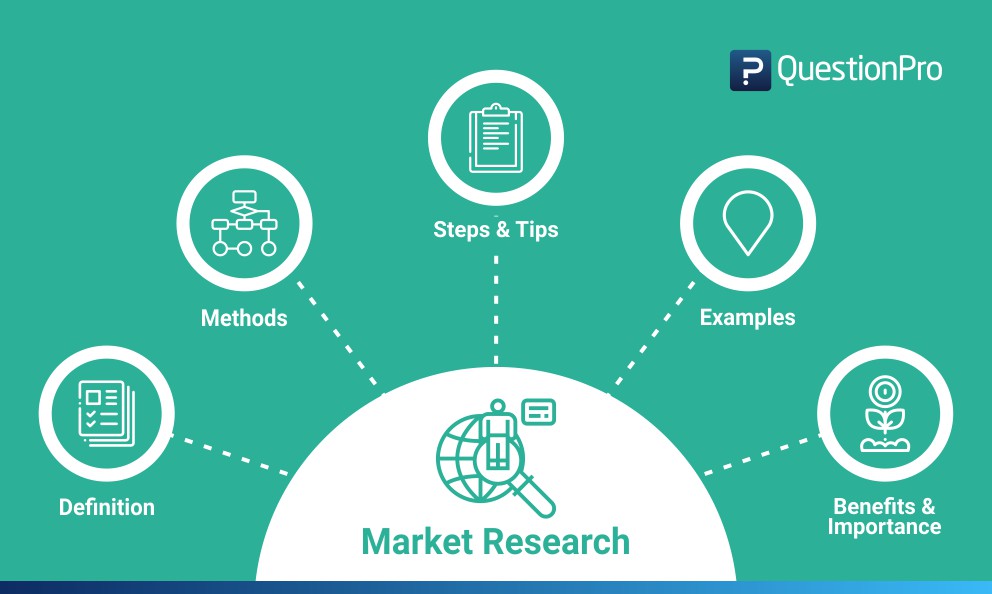How to Conduct Market Research with SPSS|2025
Learn how to conduct market research with SPSS. Explore key techniques for analyzing consumer data, identifying trends, and making informed business decisions using SPSS tools.
Market research is an essential process for businesses and organizations seeking to understand their target audience, improve products or services, and gain a competitive advantage. To make sense of complex datasets, tools like SPSS (Statistical Package for the Social Sciences) play a pivotal role. This paper provides a comprehensive guide on how to conduct market research with SPSS help, along with examples and explanations of its importance in quantitative research.
Introduction to Market Research and SPSS
Market research involves collecting, analyzing, and interpreting data about a market, product, or service. The insights derived help organizations make informed decisions. SPSS is a powerful statistical software that simplifies data analysis and visualization, making it a preferred tool in quantitative research.
This guide explores:
- How to conduct market research with SPSS help.
- Examples of SPSS in market research.
- The importance of SPSS in research and business decisions.
1. Understanding SPSS
1.1 What Is SPSS?
SPSS is a statistical analysis software widely used in social sciences, marketing, healthcare, and other industries. It provides tools for data entry, manipulation, and analysis, including:
- Descriptive statistics (mean, median, mode).
- Inferential statistics (regression, ANOVA).
- Data visualization (charts, graphs).
1.2 How Does SPSS Work?
SPSS operates through an intuitive user interface where users can input raw data or import it from Excel, CSV, or databases. Using its menus and syntax editor, researchers can:
- Clean and organize datasets.
- Perform statistical analyses.
- Generate graphical representations of findings.
- Export results for reporting.
2. Steps to Conduct Market Research with SPSS Help
Define Your Objectives
Before starting your market research, identify clear objectives. For example:
- Understanding customer preferences.
- Evaluating the effectiveness of a marketing campaign.
- Predicting future sales trends.
Design the Research
Design your research strategy by determining:
- Target audience.
- Data collection methods (surveys, interviews, focus groups).
- Sampling techniques (random, stratified).
Collect Data
Gather data using online survey platforms or manual entry. For instance, a company may collect survey responses on customer satisfaction.
Input Data into SPSS
- Open SPSS and create a new dataset or import an existing one.
- Label variables and assign value labels (e.g., 1 = Male, 2 = Female).
- Ensure proper data formatting to avoid errors during analysis.
Analyze Data Using SPSS
SPSS provides various tools for market research analysis:
- Descriptive Statistics: Summarize data using measures like mean and standard deviation.
- Cross-tabulation: Compare different variables, such as age and product preference.
- Regression Analysis: Identify relationships between variables, such as advertising spend and sales.
- Cluster Analysis: Segment customers into groups based on shared characteristics.
Example: Analyzing Customer Preferences
Suppose a retail chain conducts a survey to understand product preferences. Using SPSS, the data can be analyzed to:
- Identify the most preferred product categories.
- Compare preferences across demographics.
- Predict future buying behavior.
Visualize and Interpret Results
SPSS generates charts, graphs, and tables to make data interpretation easier. Common visualizations include:
- Bar charts for categorical data.
- Scatterplots for relationships between variables.
- Pie charts for proportionate distributions.
Report Findings
Compile your findings into a report or presentation. Highlight key insights and actionable recommendations. Use SPSS’s export tools to include graphs and tables directly in your documents.
SPSS in Market Research: Examples
SPSS for Customer Satisfaction Analysis
A company might use SPSS to analyze customer satisfaction survey results. By running descriptive statistics and cross-tabulations, the company can:
- Assess overall satisfaction levels.
- Identify areas requiring improvement.
SPSS in Marketing Campaign Evaluation
Using pre- and post-campaign data, SPSS can evaluate the success of marketing initiatives by comparing sales trends and customer engagement metrics.
SPSS in Product Development
Before launching a new product, companies can conduct market research to evaluate potential demand. Cluster analysis in SPSS helps segment the target market, ensuring tailored marketing strategies.
Importance of SPSS in Research
SPSS offers numerous benefits for market research, including:
- Ease of Use: Its user-friendly interface allows even non-statisticians to perform complex analyses.
- Data Management: Handle large datasets efficiently.
- Accurate Results: Minimize errors through automated calculations.
- Time Efficiency: Save time with built-in statistical tests and visualizations.
- Versatility: Analyze various data types and formats.
- Customizability: Use SPSS syntax for advanced and repeatable analyses.
- Data Visualization: Create professional-quality graphs and charts.
- Reliability: Trusted by researchers worldwide for its robustness.
- Predictive Analytics: Use regression models to forecast trends.
- Integration: Easily integrates with other tools like Excel and Tableau.
SPSS in Quantitative Research
Quantitative research focuses on numerical data and statistical analysis. SPSS’s features align perfectly with these requirements, enabling researchers to:
- Test hypotheses.
- Analyze relationships between variables.
- Generalize findings to larger populations.
Example of Quantitative Research with SPSS
A healthcare company conducts a study on patient satisfaction. Using SPSS, they analyze survey responses to identify:
- Key drivers of satisfaction.
- Differences across demographics like age and income.
How to Conduct Market Research with SPSS Help PDF Free Download
To assist beginners, there are numerous resources and guides available online. A simple search for “How to conduct market research with SPSS help PDF free download” yields free tutorials and eBooks that cover:
- Basic operations in SPSS.
- Examples of market research analysis.
- Tips for creating effective reports.
These resources can supplement your learning and provide step-by-step instructions for specific analyses.
Conclusion
Market research is vital for businesses aiming to stay competitive and meet customer needs. SPSS simplifies the process, from data entry to advanced statistical analysis and visualization. By mastering SPSS, researchers can uncover actionable insights and make data-driven decisions.
Whether analyzing customer satisfaction, evaluating marketing campaigns, or predicting future trends, SPSS provides the tools needed to conduct effective market research. For those looking to learn more, seeking out resources such as “How to conduct market research with SPSS help PDF” or practical examples can further enhance your skills.
Needs help with similar assignment?
We are available 24x7 to deliver the best services and assignment ready within 3-4 hours? Order a custom-written, plagiarism-free paper





